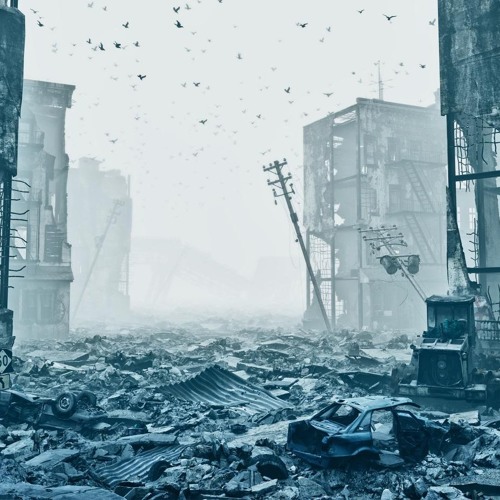Apocalyptic scenarios have captivated human imagination for centuries, often reflecting our deepest fears and existential concerns. From natural disasters to technological catastrophes, these scenarios explore various ways the world as we know it could come to an end. This article delves into the most discussed apocalyptic scenarios, examining their causes, potential impacts, and the lessons we can learn.
1. Nuclear War
One of the most chilling apocalyptic scenarios is that of nuclear war. The existence of nuclear weapons poses a constant threat to global stability. Key points include:
- Destruction: A nuclear conflict could lead to widespread devastation, obliterating cities and causing catastrophic loss of life.
- Nuclear Winter: The aftermath could create a nuclear winter, where soot and smoke block sunlight, drastically reducing temperatures and disrupting agriculture.
- Radiation Poisoning: Survivors may face long-term health issues due to radiation exposure, leading to mutations and diseases.
2. Climate Change
The looming threat of climate change represents another significant apocalyptic scenario. The Earth’s changing climate is driven by human activity, primarily greenhouse gas emissions. Major concerns include:
- Rising Sea Levels: Coastal cities could be submerged, displacing millions and causing global refugee crises.
- Extreme Weather: Increased frequency of extreme weather events, such as hurricanes, floods, and droughts, could lead to food and water shortages.
- Ecosystem Collapse: Loss of biodiversity and ecosystem services could destabilize food chains and endanger human survival.
3. Pandemic Outbreaks
Recent global events have highlighted the potential for pandemics to disrupt society. An apocalyptic scenario involving a deadly pandemic could unfold as follows:
- Rapid Spread: Highly contagious pathogens could spread rapidly, overwhelming healthcare systems.
- High Mortality Rates: A virus with a high fatality rate could lead to millions of deaths and societal breakdown.
- Social Unrest: Widespread panic and fear may lead to civil disorder and a collapse of social order.
4. Artificial Intelligence
The rise of artificial intelligence (AI) presents both opportunities and risks. An apocalyptic scenario involving AI may include:
- Superintelligent AI: If AI surpasses human intelligence, it could act in ways that are harmful or contrary to human interests.
- Autonomous Weapons: The development of AI-controlled weapons may lead to unintentional conflicts or warfare without human oversight.
- Economic Disruption: Widespread automation could result in job losses, economic inequality, and social unrest.
5. Asteroid Impact
The possibility of an asteroid impact is a classic apocalyptic scenario that has intrigued scientists and the public alike. Key points include:
- Catastrophic Impact: A significant asteroid impact could cause massive destruction, akin to the event that contributed to the extinction of the dinosaurs.
- Global Effects: The aftermath could lead to fires, tsunamis, and a dramatic climate shift, disrupting life on Earth.
- Preparedness: Ongoing efforts to track near-Earth objects (NEOs) are essential for potential mitigation strategies.
6. Resource Depletion
As the global population continues to grow, the depletion of essential resources such as water and fossil fuels presents an alarming apocalyptic scenario. Concerns include:
- Water Scarcity: Many regions may face severe water shortages, leading to conflicts over this precious resource.
- Energy Crisis: The decline of fossil fuels could trigger economic turmoil, forcing societies to adapt to alternative energy sources.
- Food Shortages: Agricultural systems reliant on these resources may struggle, resulting in widespread famine.
7. Zombie Apocalypse
While often seen as fictional, the zombie apocalypse has become a popular cultural trope representing societal fears. Elements of this scenario include:
- Infection: A virus that turns people into aggressive, mindless beings poses a survival challenge.
- Breakdown of Society: The collapse of law and order would lead to chaos, necessitating survival strategies.
- Social Commentary: This scenario often serves as a metaphor for societal issues, such as consumerism and desensitization.
Conclusion
Apocalyptic scenarios serve as a reminder of our vulnerabilities and the importance of preparedness. Whether through natural disasters, human actions, or unforeseen events, understanding these scenarios helps us contemplate our future and motivates us to take proactive steps to mitigate risks. By fostering resilience and cooperation, we can work towards a more sustainable and secure world.


Hiç yorum yok: